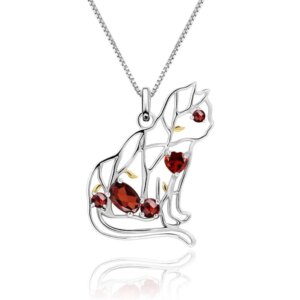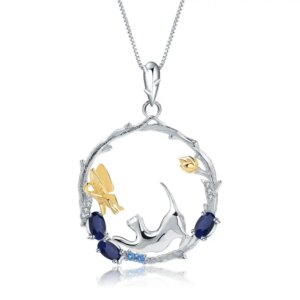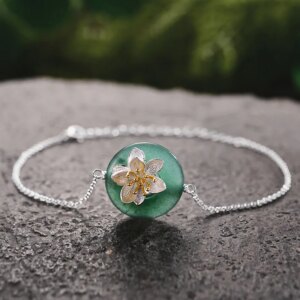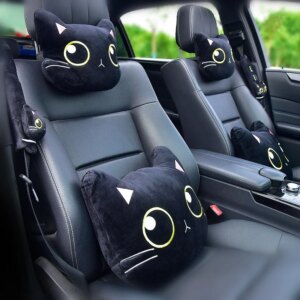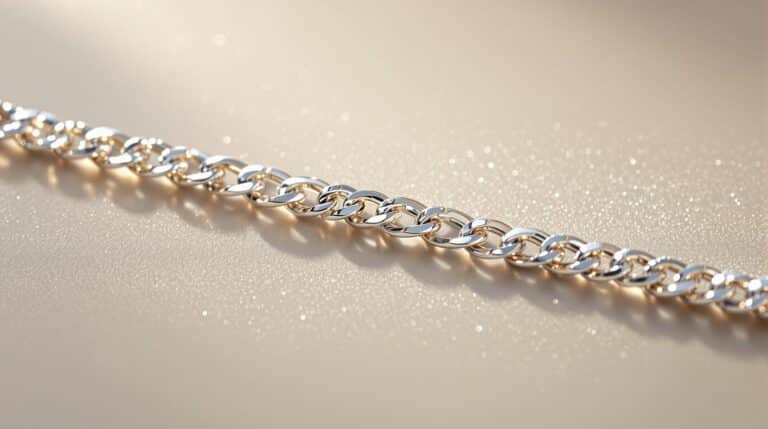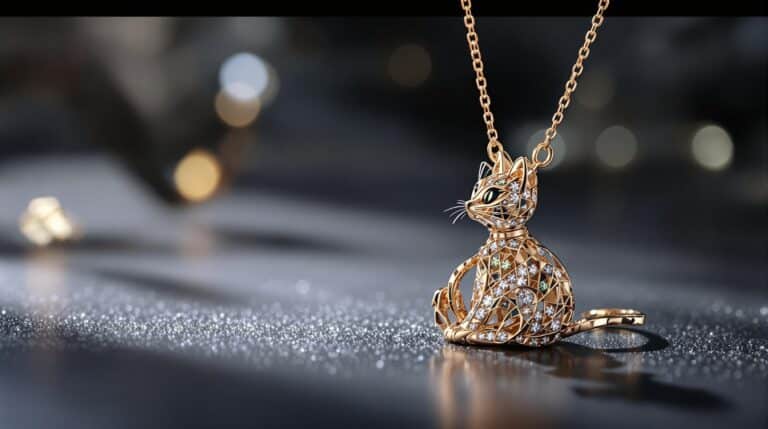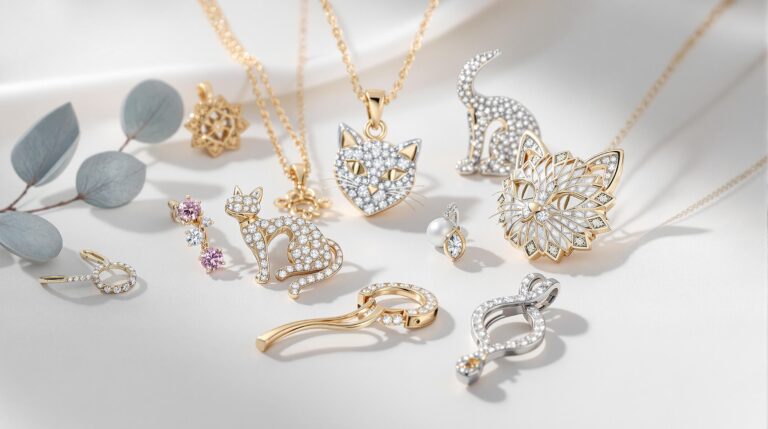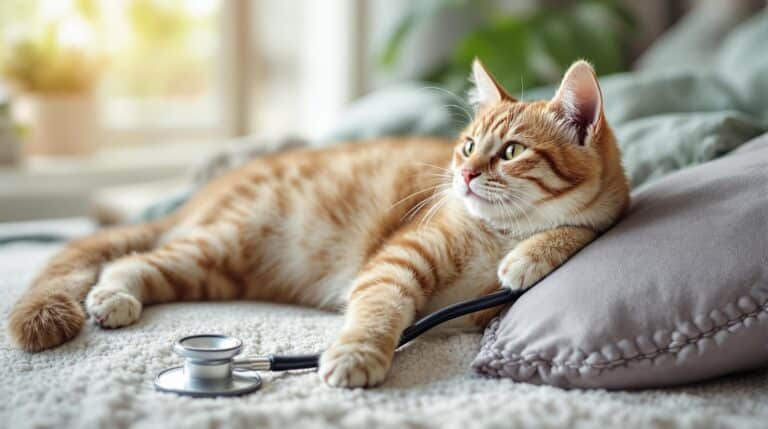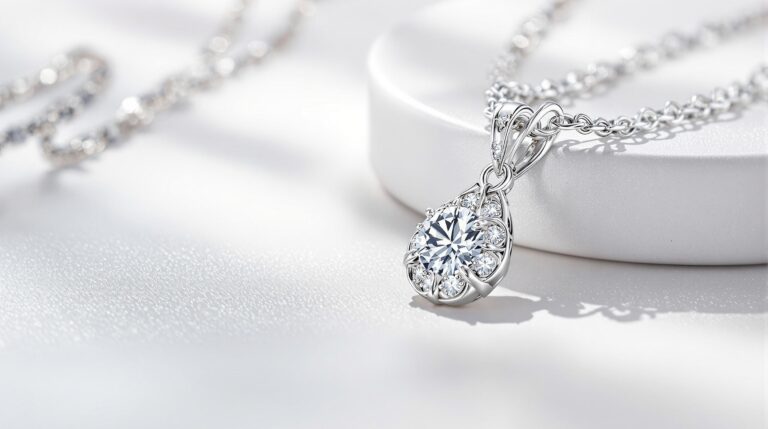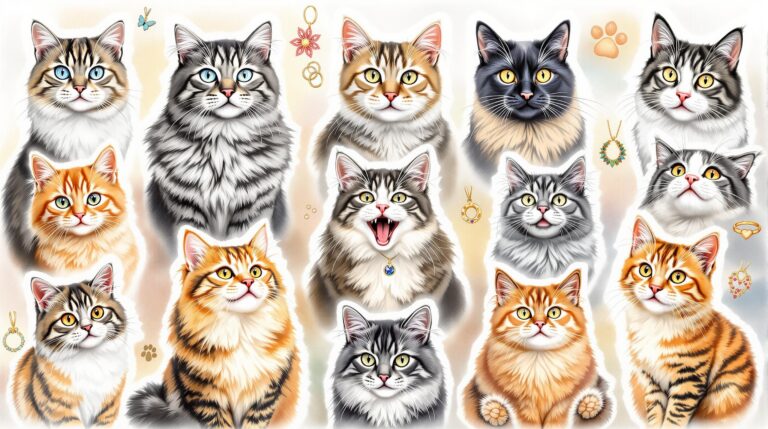Dwarfism in cats are unique and charming felines that capture the hearts of many. At Cat Karma Creations, we are passionate about these special cats and want to share our knowledge to help you understand the genetic basis, physical characteristics, health issues, and care requirements of cats with dwarfism. By the end of this article, you’ll have a deeper understanding of these special felines and the joy they bring to their owners.
Genetic Basis of Dwarfism in Cats
Causes of Genetic Mutations
The genetic basis of dwarfism in cats is primarily due to mutations that affect bone growth. These mutations can occur spontaneously or be inherited from parent cats. The most common genetic mutation associated with dwarfism in cats is the one that affects the development of the long bones, leading to shorter legs and other physical characteristics. Understanding the genetic factors that contribute to dwarfism in cats is crucial for breeders and owners alike, as it helps in identifying and managing the condition effectively.
Inheritance Patterns
Dwarfism in cats can be inherited in different patterns, depending on the specific genetic mutation. In some cases, it is an autosomal dominant trait, meaning that a single copy of the mutated gene is enough to cause the condition. In other cases, it can be an autosomal recessive trait, where both copies of the gene must be mutated for the cat to exhibit dwarfism. The inheritance pattern can also vary depending on the breed of the cat, with some breeds being more prone to certain types of dwarfism.
Types of Dwarfism in Cats
There are several types of dwarfism in cats, each characterized by different genetic mutations and physical traits. One of the most well-known types is the Munchkin cat, which has a genetic mutation affecting leg length. Other types of dwarfism in cats can affect the overall body size, head shape, and other features. Understanding the different types of dwarfism in cats helps in recognizing and managing the condition, ensuring that these special felines receive the care they need.
Physical Characteristics of Cats with Dwarfism
Short Legs and Large Heads
One of the most recognizable physical characteristics of cats with dwarfism is their short legs and large heads. This is often a result of the genetic mutation affecting bone growth, particularly in the long bones. The short legs can make it challenging for these cats to jump and climb, but they often adapt by becoming more agile and flexible. The large head, broad chest, and other traits contribute to their unique and charming appearance. At Cat Karma Creations, we celebrate the beauty of these special felines and offer a range of cat-themed jewelry and gifts that reflect their unique charm.
Broad Chest and Other Traits
In addition to short legs and a large head, cats with dwarfism may also have a broad chest, wide-set eyes, and a stocky build. These physical traits can vary depending on the type of dwarfism and the specific genetic mutation. Some cats with dwarfism may also have a more rounded body shape, which can affect their mobility and energy levels. Understanding these physical characteristics is essential for providing the appropriate care and support for these special felines. Our cat-themed jewelry and gifts are designed to celebrate the unique beauty of these cats.
Comparing Dwarf Cats to Regular Cats
When comparing dwarf cats to regular cats, the most noticeable differences are in their physical appearance and mobility. Dwarf cats typically have shorter legs, which can limit their ability to jump and climb as high as regular cats. However, they often have a more compact and muscular build, which can make them agile and quick on their feet. Regular cats, on the other hand, have a more proportionate body size and are generally more active and playful. Despite these differences, both types of cats can make wonderful companions with the right care and attention. At Cat Karma Creations, we offer a variety of stylish cat lover necklaces and other gifts that can be perfect for both types of cats.
Health Issues in Cats with Dwarfism
Joint Problems and Arthritis
One of the most common health issues faced by cats with dwarfism is joint problems, including arthritis. The short legs and broad chest can put extra strain on the joints, leading to pain and mobility issues. Regular veterinary check-ups and appropriate treatment can help manage these conditions, ensuring that the cat remains comfortable and active. Providing a soft and supportive environment, such as comfortable bedding and low-height furniture, can also help alleviate joint pain and discomfort. If you have any questions or need advice, feel free to contact us or visit our website.
Respiratory Issues
Cats with dwarfism may also experience respiratory issues, such as difficulty breathing or frequent respiratory infections. The large head and broad chest can affect the airways, making it harder for the cat to breathe. Ensuring a clean and well-ventilated environment, avoiding exposure to irritants like smoke and dust, and regular veterinary check-ups can help manage these respiratory issues. If your cat shows signs of respiratory distress, it is important to seek veterinary care immediately. Our silver cat earrings and other jewelry can be a thoughtful gift for cat owners who need a little extra support.
Heart Defects and Other Conditions
In addition to joint and respiratory issues, cats with dwarfism may also be at risk for heart defects and other health conditions. These can include congenital heart defects, which are present at birth, and acquired heart conditions that develop over time. Regular veterinary check-ups and appropriate treatment can help manage these conditions, ensuring that the cat remains healthy and happy. It is also important to monitor your cat’s overall health and well-being, watching for any signs of illness or discomfort. For more information and resources, follow us on Facebook or Instagram.
Caring for Cats with Dwarfism
Diet and Nutrition
Providing a balanced and nutritious diet is essential for the health and well-being of cats with dwarfism. These cats may have specific dietary needs, such as a high-protein diet to support muscle development and joint health. Consult with your veterinarian to determine the best diet for your cat, taking into account their age, weight, and any health issues they may have. Feeding your cat high-quality food and avoiding overfeeding can help maintain a healthy weight and prevent obesity, which can exacerbate joint and other health issues. Our meditation cushion with cat design can be a great addition to a calm and supportive environment for your cat.
Exercise and Mobility
Encouraging regular exercise and maintaining mobility is important for cats with dwarfism. While their short legs may limit their ability to jump and climb, these cats can still enjoy playtime and physical activity. Provide toys and activities that are safe and appropriate for their size and abilities, such as puzzle toys, interactive play, and gentle exercise. Regular play sessions can help keep your cat active and engaged, promoting both physical and mental well-being. Our cat pose yoga block can be a fun and engaging way to keep your cat active and healthy.
Environmental Adjustments
Making environmental adjustments can help ensure that your cat with dwarfism is comfortable and safe. Provide low-height furniture and soft, supportive bedding to make it easier for your cat to move around and rest. Ensure that food and water bowls are easily accessible, and consider using ramps or steps to help your cat reach higher areas. Creating a safe and supportive environment can help your cat feel more secure and reduce the risk of accidents or injuries. For more tips and resources, visit our website or Pinterest page.
Regular Veterinary Check-ups
Regular veterinary check-ups are crucial for the health and well-being of cats with dwarfism. These check-ups can help identify and manage any health issues early on, ensuring that your cat receives the appropriate treatment and care. Your veterinarian can also provide guidance on diet, exercise, and other aspects of care, helping you provide the best possible life for your special feline. Don’t hesitate to seek veterinary care if you notice any changes in your cat’s health or behavior. For more information and support, follow us on Twitter.
Popular Quote
“Cats are a mysterious kind of folk. There is more passing in their minds than we are aware of.”
— Edgar Allan Poe
Statistical Fact
According to a study by the University of California, Davis, School of Veterinary Medicine, cats with dwarfism are more prone to joint and respiratory issues, with approximately 70% of dwarf cats experiencing at least one of these conditions. It is important to note that this statistic is based on a specific study and may vary depending on the individual cat and its living conditions.
Three Tips for Caring for Cats with Dwarfism
- Provide a Soft and Supportive Environment: Use soft bedding and low-height furniture to make it easier for your cat to move around and rest. This can help alleviate joint pain and discomfort.
- Encourage Regular Exercise: Engage your cat in regular play sessions with toys and activities that are safe and appropriate for their size and abilities. This can help keep your cat active and promote both physical and mental well-being.
- Regular Veterinary Check-ups: Schedule regular check-ups with your veterinarian to monitor your cat’s health and address any issues early on. Early detection and treatment can significantly improve your cat’s quality of life.
Popular Questions About Cats with Dwarfism
- What is the lifespan of a cat with dwarfism? The lifespan of a cat with dwarfism can vary, but with proper care, many can live for 12-18 years, similar to regular cats. However, health issues such as joint problems and respiratory issues can affect their lifespan.
- Can cats with dwarfism live with regular cats? Yes, cats with dwarfism can live with regular cats. However, it is important to ensure that the environment is safe and supportive for both types of cats, and to monitor their interactions to prevent any potential conflicts.
- Are cats with dwarfism more prone to health issues? Yes, cats with dwarfism are more prone to certain health issues, such as joint problems, respiratory issues, and heart defects. Regular veterinary check-ups and appropriate care can help manage these conditions.
- How can I make my home more cat-friendly for a cat with dwarfism? Make environmental adjustments such as providing low-height furniture, soft bedding, and ramps or steps to help your cat reach higher areas. Ensure that food and water bowls are easily accessible and create a safe and supportive environment.
- What are some signs that my cat with dwarfism needs veterinary care? Signs that your cat with dwarfism may need veterinary care include changes in behavior, difficulty breathing, joint pain, and signs of illness or discomfort. If you notice any of these signs, it is important to seek veterinary care immediately.
Final Thoughts About Cats with Dwarfism
Cats with dwarfism are special and unique companions that bring joy and love to their owners. By understanding their genetic basis, physical characteristics, health issues, and care requirements, you can provide them with a happy and healthy life. Connect with the community of cat owners and enthusiasts who support these special felines, and consider adopting a cat with dwarfism to give them a loving home. Visit our website to find excellent gifts for cat lovers and follow us on social media for more insights and updates. If you have any questions or need assistance, feel free to contact us or call us at (800) 343-1604. We are here to help and support you every step of the way.
| Feature | Dwarfism in Cats | Munchkin Cats | Regular Cats |
|---|---|---|---|
| Genetic Basis | Genetic mutation affecting bone growth | Genetic mutation affecting leg length | No specific genetic mutation |
| Physical Characteristics | Short legs, large head, broad chest | Short legs, normal body size | Normal body size and proportions |
| Health Issues | Joint problems, respiratory issues, heart defects | Joint problems, spinal issues | Generally healthy |
| Lifespan | Varies, can be shorter due to health issues | Varies, generally similar to regular cats | 12-18 years |
| Behavior | May require more care and attention | Generally active and playful | Varies widely depending on breed and individual personality |
- Understand the genetic factors that contribute to dwarfism in cats and how they affect their development.
- Learn about the physical characteristics of cats with dwarfism, such as short legs and large heads, and how these traits impact their daily life.
- Explore the common health issues faced by cats with dwarfism, including joint problems and respiratory issues, and how to manage them.
- Discover the unique behavioral traits of cats with dwarfism and how they may differ from other cats, including their need for more care and attention.
- Find out about the lifespan of cats with dwarfism and how it can be influenced by their health and living conditions.
- Connect with the community of cat owners and enthusiasts who support cats with dwarfism, sharing resources and experiences to provide the best care possible.

